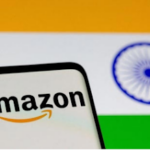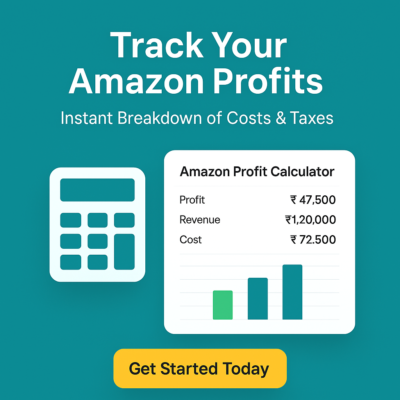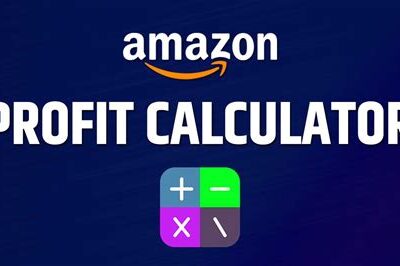Amazon India is entering the competitive quick-commerce market with the launch of a 15-minute delivery service in Bengaluru this month. This innovative step signifies Amazon’s commitment to addressing urban customers’ increasing demand for speed and convenience, offering a small selection of essential products in record time. The new service, reportedly codenamed Tez, is expected to shake up India’s already dynamic quick-commerce space, where players like Blinkit, Zepto, Swiggy Instamart, and Flipkart’s Minutes are thriving.
Expansion Beyond Bengaluru
While the service begins in Bengaluru, Amazon has announced plans to expand its 15-minute delivery offering to other major cities across India. Given their high concentration of urban, tech-savvy consumers, cities like Mumbai, Delhi, Hyderabad, and Chennai are likely next in line. This rollout will depend on the infrastructure Amazon builds, including local warehouses, dark stores, and delivery hubs located strategically close to high-demand areas.
Listing Your Products on Amazon Quick Commerce
As this service expands, businesses will have the opportunity to list their products and become part of Amazon’s quick-commerce platform. Here’s a step-by-step guide to getting started:
- Register as a Seller
Existing Amazon sellers can upgrade their accounts to list on the quick-commerce platform. If you’re new, register on Amazon Seller Central by providing your GST details, PAN, and bank account information. - Meet Eligibility Criteria
Quick-commerce prioritizes fast-moving essential products like groceries, personal care items, beverages, and snacks. Businesses need to ensure their products align with the service’s demand and logistics. - Local Fulfillment Readiness
Products listed for quick delivery need to be stored in Amazon’s designated micro-warehouses or delivery hubs. Sellers must prepare inventory for these locations to ensure faster dispatch times. - Optimize Listings
Use clear product titles, high-quality images, and precise descriptions to improve visibility. Including keywords like “instant delivery” or “same-day essentials” can attract more buyers. - Set Competitive Pricing
Quick-commerce thrives on impulse purchases, where pricing plays a crucial role. Offering competitive rates while maintaining profitability is essential. - Monitor Performance Metrics
To stay on the platform, sellers must maintain high fulfillment and customer satisfaction scores. Regularly monitor your account metrics to ensure compliance with Amazon’s standards.
The Process of Order Fulfillment
Amazon’s quick-commerce orders will follow an ultra-streamlined process:
- Customers browse a specially curated section on the app featuring thousands of essential items.
- Upon checkout, the order is processed at the nearest micro-warehouse.
- Delivery personnel are dispatched immediately, ensuring orders reach customers within 15 minutes.
Challenges and Opportunities
Amazon’s entry into quick commerce comes with its own set of challenges. The service requires significant investments in local infrastructure and workforce expansion. Additionally, Amazon must balance speed with its promise of a broad product selection.
However, the opportunities are immense. By entering this space, Amazon can tap into the growing demand for instant deliveries, capture a larger share of urban customers, and compete with rivals like Blinkit and Flipkart Minutes.







